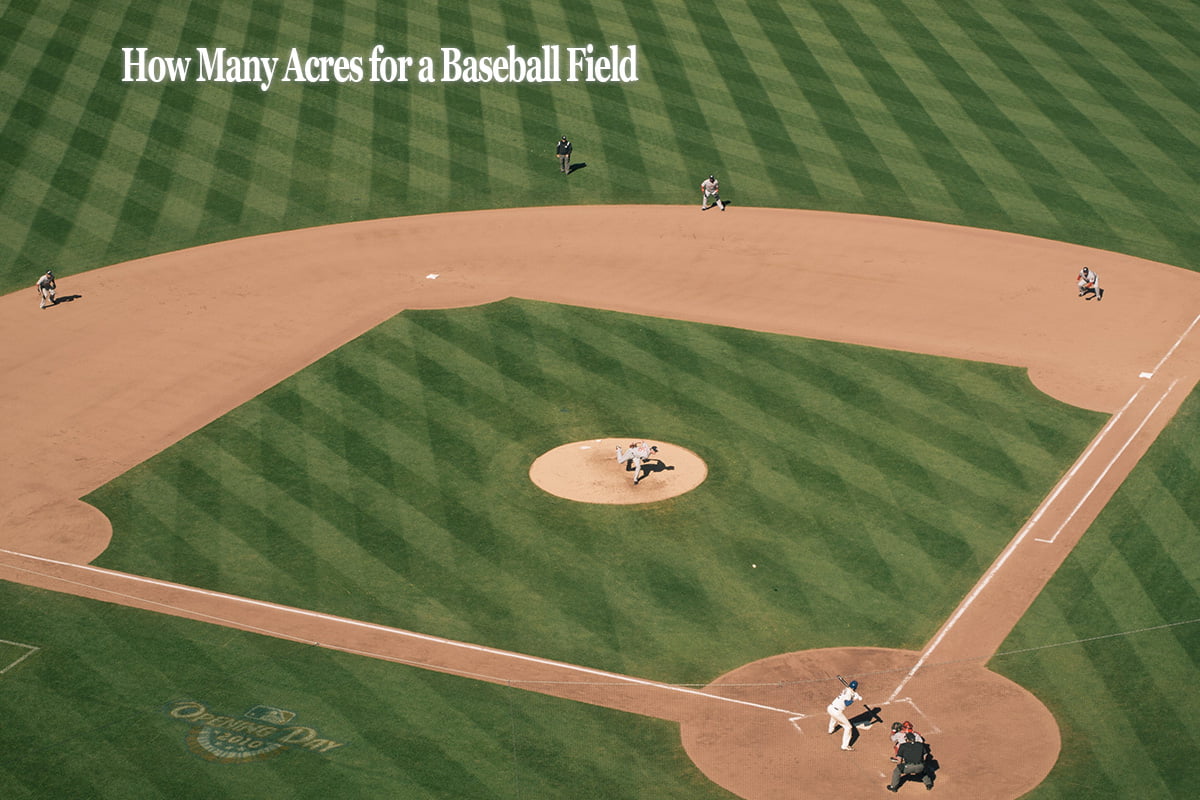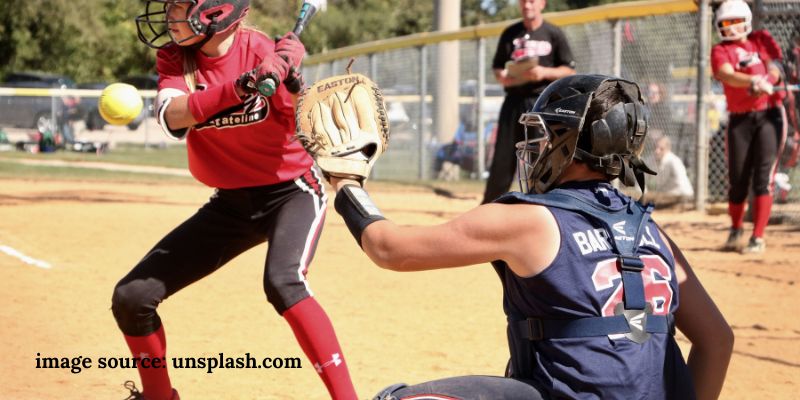A standard baseball field requires approximately 2 to 3 acres. The exact acreage can vary based on the field’s design and surrounding facilities.
For sports enthusiasts and those pondering sports infrastructure, understanding the space needed for a baseball field is crucial. Baseball diamonds are iconic, with their home plate, pitcher’s mound, and bases laid out in a manner inviting summer afternoons filled with the crack of bats and cheering fans.
Considering outfield dimensions, team dugouts, spectator areas, and peripheral safety zones, the area must be spacious enough to accommodate the full expanse of the game’s play. This space requirement ensures safety and maintains the integrity of the sport, which is why 2 to 3 acres is the general standard for recreational and competitive baseball fields alike. Adequate acreage guarantees players and fans alike can enjoy America’s pastime as it was meant to be experienced.
The Importance Of Field Size
The size of a baseball field is regulated by the specific game rules and prescribed field dimensions. Major League Baseball, for example, dictates that the distance from home plate to the nearest fence should be at least 325 feet, whereas the distance to center field should be a minimum of 400 feet. The total area of a professional baseball field could therefore exceed 2.5 acres when considering the entirety of the playing field and surrounding spaces.
Different leagues may have their own set of regulations, which can influence the minimum acreage required. It’s crucial to factor in additional space for dugouts, bullpens, and spectator amenities. Youth and amateur fields are typically smaller; their sizes can vary widely, ranging from 1 to 2 acres, depending on the age and skill level of the players.
Environmental and logistical considerations also play a significant role in determining field size. Urban areas might have limited space, necessitating compact field designs. Conversely, suburban or rural locations might offer more land, allowing for larger and more versatile baseball facilities. Knowing precise dimensions for various levels of play helps in planning and utilizing space effectively for optimized gameplay and spectator experience.
Evaluating Space Requirements
A standard baseball field, also known as a diamond, comprises an infield and outfield. The official infield dimensions are a 90-foot square, but the total area required for a baseball field can vary. The outfield, which extends from the perimeter of the infield, is not a fixed size; however, for professional play, the recommended distance from home plate to the outfield wall is at least 325 feet down the foul lines and 400 feet to center field. These distances ensure ample space for competitive play.
Youth leagues may have smaller fields. For instance, Little League fields typically use 60-foot base paths with an outfield fence around 200 feet from home plate. The size of the field impacts the game’s dynamics, such as the frequency of home runs or the difficulty of outfielders covering ground.
The pitcher’s mound plays a pivotal role, with regulations specifying its distance and height with home plate. In Major League Baseball, the pitcher’s mound is 60 feet 6 inches from home plate and 10 inches higher than the level of the base paths. This elevates the pitcher, affecting pitch velocity and trajectory, which in turn influences the batter’s experience and the overall game speed.
Balancing Space And Player Safety
Ensuring ample space for baseball fields is crucial for optimal player movement and safety. A standard professional baseball diamond covers approximately 2.5 acres, with surrounding space for outfields, team dugouts, and buffer zones increasing the total to roughly 3-5 acres. Professional standards recommend this size to avoid player injuries and allow for unhindered performance.
Regular groundskeeping is essential to maintain a safe playing surface, which can include tasks such as mowing grass, leveling playing areas, and managing turf health. A well-maintained field promotes player confidence and reflects a commitment to professionalism and care.
To enhance the spectator experience, additional space is also vital for features such as seating, concessions, and restrooms. These facilities should be strategically placed to offer clear views and easy access, further spurring fan engagement and enjoyment of the game.
Frequently Asked Questions For How Many Acres For A Baseball Field
Is There A Minimum Size For A Mlb Field?
Major League Baseball (MLB) does not specify a minimum field size. Field dimensions can vary between ballparks due to the absence of strict regulations regarding exact measurements.
Which Is Bigger A Football Field Or A Baseball Field?
A baseball field is generally larger than a football field. While football fields are 360 feet long and 160 feet wide, baseball fields can vary greatly, often exceeding 400 feet to the center field fence.
How Many Square Feet Of Grass Do You Need For A Baseball Field?
A standard baseball field requires approximately 100,000 to 130,000 square feet of grass.
How Big Is A 12-Year-Old Baseball Field?
A standard 12-year-old baseball field typically measures 200 feet from home plate to the outfield fence.
Conclusion
Deciding on the right acreage for your baseball field needs careful consideration. Standard dimensions typically require around 2 acres. Yet, customization based on players’ age and skill level may alter this figure. Plan wisely to ensure your field suits your needs and delights players for seasons to come.
Photo by Tomas Eidsvold on Unsplash




